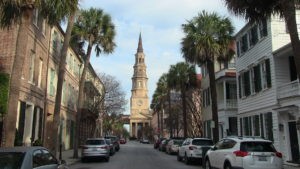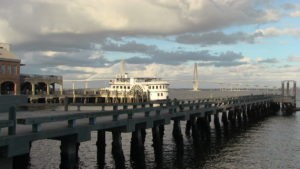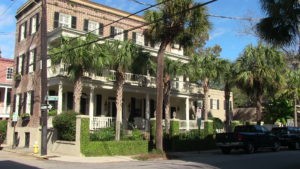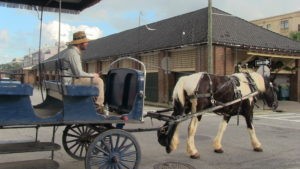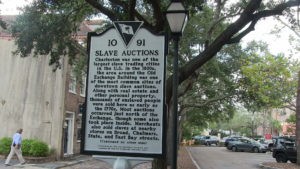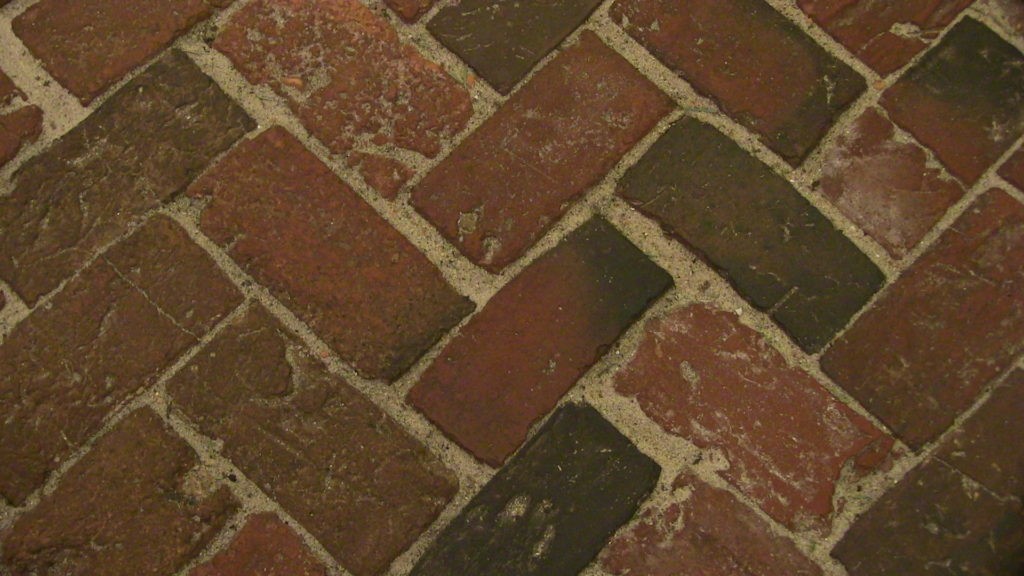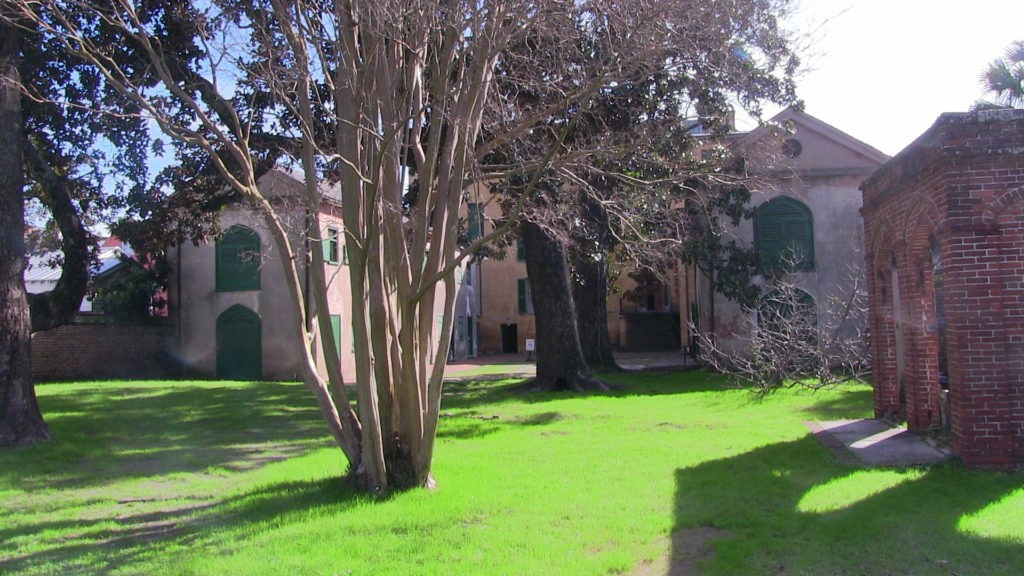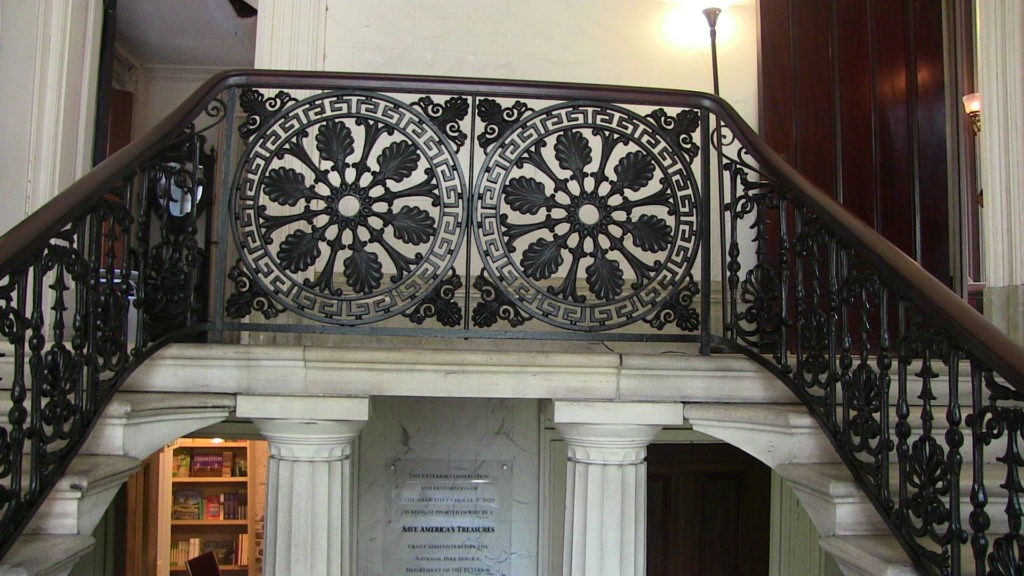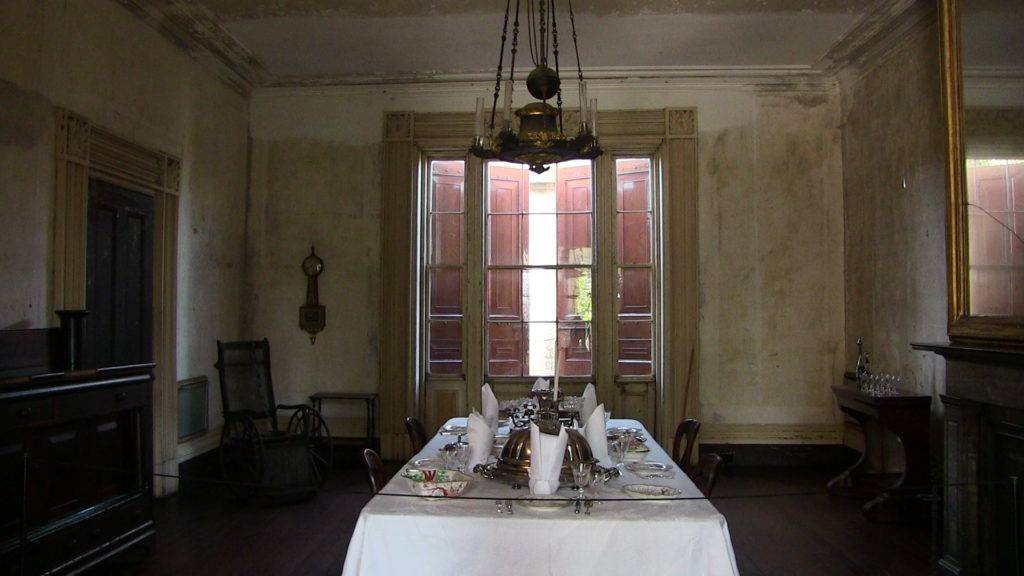Charleston, South Carolina, a charming town with a dark past and a challenging future.
Shared By: Desiree Rose - 6/20/2019
Page Admin: Desiree Rose
South Carolina
Season: Year round
Adventure:
Culture: museums, history
Cost :
Family Friendly : Yes
Description
Charleston, South Carolina.... While a good description of today’s Charleston consists of beauty, grace, and charm, its location lends itself as a coastal town with a temperate climate. Its architecture is grand and elegant, and its people are warm and friendly.
Despite, however, its current status as a desirable and affectionate city, behind its beautiful facade is a deep and dark scar. Charleston was the hub of the American slave trade.
The Past
An estimated fifty percent of all enslaved Africans were brought in through the Charleston port. It was an active point of entry for enslaved persons for over 200 years. The slave trade was a huge industry for this city. Many people were making fortunes brokering human beings. Enslaved people were being bought, sold, and traded on every street throughout Charleston. It is said that any building dating back before 1856 was likely to have been the site of a slave sale.
By 1856, the slave trade in Charleston had become so pervasive that the city passed a law prohibiting the sale of slaves in public locations. This ordinance prompted the creation of several enclosed slave markets. One of the largest was the Old Slave Market, which has since been repurposed into the Charleston Slave Museum. A visit to this location will render a sobering reminder of a grim past.
Built in an alleyway by Thomas Ryan, a city councilman and slave broker, the Old Slave Mart was a prosperous and robust business, soliciting customers as far away as Texas. Slaves were sold here at auction.
A slave’s value was determined by his or her age, physical prowess, skill set, and temperament. Traders would prepare them for auction by fattening them, greasing up their skin, dying their grey hairs, and dressing them in new clothes. Some of the enslaved people were highly skilled artisans; others were trained cooks and pastry chefs. Brickmaking was another skill cultivated by enslaved people. The most valuable commanded upwards of $1500, the equivalent of $35,000-$40,000 in today’s money.
Another worthy destination is the Aiken Rhett House, the historic and preserved townhouse of Charles Aiken, one of the richest men of his time. He is said to have owned over 800 enslaved persons, most of whom worked in the rice fields.
Rice, or Carolina Gold, was the largest cash crop at the time, and growing it was labor intensive. The conditions in the rice fields were deplorable. Workers would stand in knee deep water all day. These waters were full of alligators, snakes, and mosquitoes. Needless, to say these brutal working conditions drastically reduced their life expectancies. Its history must be revealed as one that should never be repeated.
The Present:
While its current status is enviable, its past must always be available as one that is shameful and inhuman and one that should never be duplicated like its presence in many other parts of the world. Fortunately, today the city is one of magnificence. In today’s world, we must characterize its citizens as decent beyond reproach and integrated,
The Future
A negative item, however, is currently present in its existence – that of its location as a coastal city. As such, it is subject to the problems that are inherent to its location – flooding. Charleston is surrounded by ocean and marsh. There are structures built right up to the water with little or no land barrier. Longtime residents claim their weather patterns are changing, and flooding has become an immediate and omnipresent danger. Homes bordering the coast and those in low elevations are being inundated by water. As one resident says, the water is often thigh-deep after a hard rain in her neighborhood. Another says she can’t sell her ocean side home. Buyers just aren't interested. No one seems to agree on the cause of the flooding. Some blame it on rising sea levels; some say its global warming; others says it’s just bad luck. But everyone agrees that while floods were always a possibility in the past, they are occurring more frequently and are more severe in nature. It’s an indisputable fact that many homes in Charleston that are in harm’s way. Many of these home have historic significance and are going to have to be either raised or relocated in order to avoid destruction.
